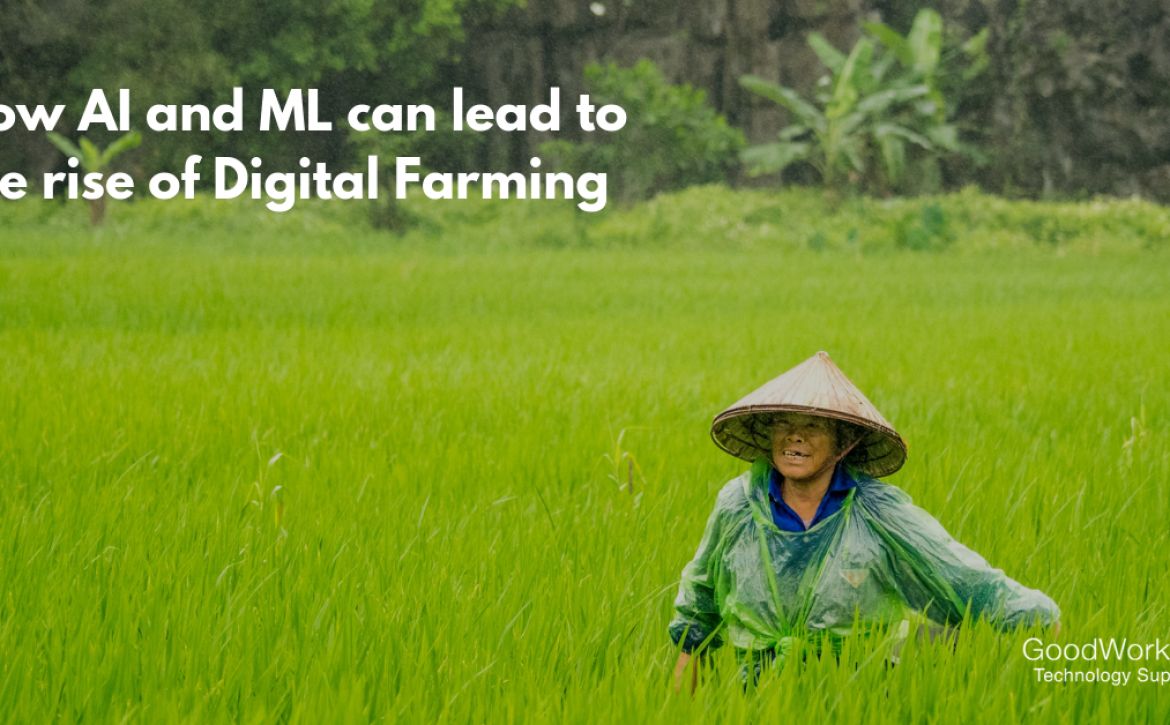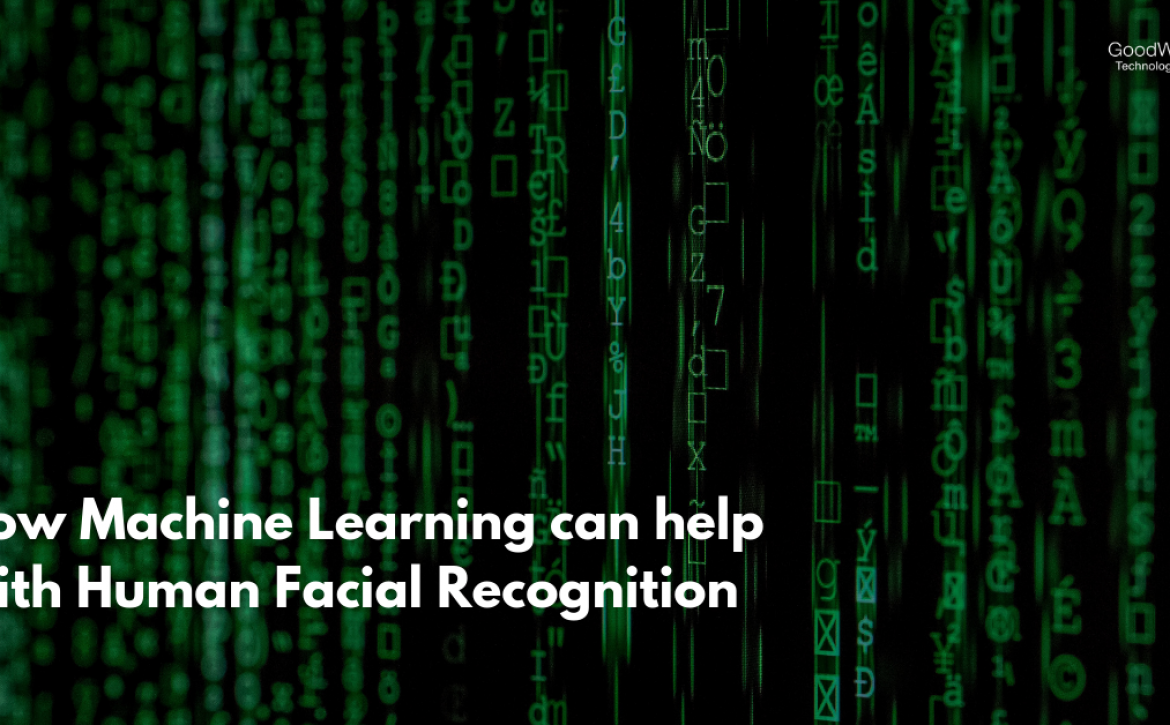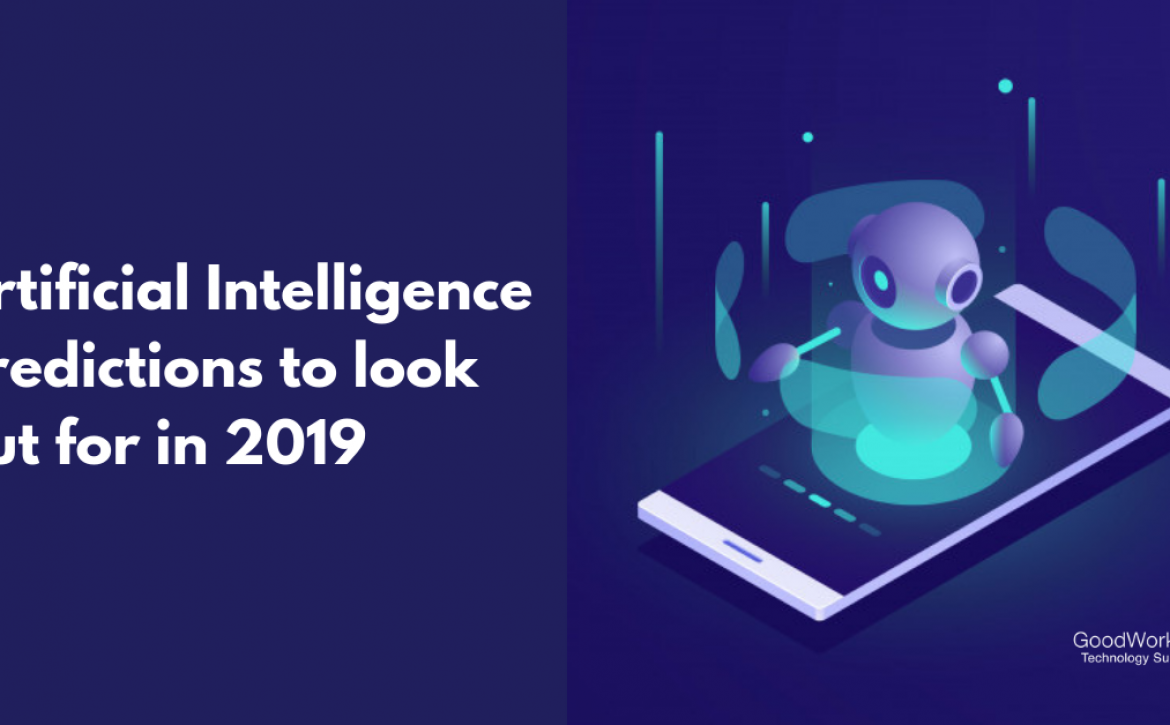Artificial Intelligence update and its Industrial Impact
The arrival of Artificial Intelligence and its practical implementation in industries has paved the way for unlimited opportunities.
The term artificial intelligence (AI) first came up in 1965. AI has become the latest technology, incorporated in different industries across the globe. This technology, in turn, is a great combination when accompanied with techniques to enhance business operations.
Artificial Intelligence essentially means the development, theory, and execution of computer-based electronic systems.
These systems boost the ability of machines in the execution of tasks; tasks otherwise requiring human intervention. AI brings a boost to the profitability of businesses within a range of 38 percentage points.
Artificial Intelligence enhances efficiency and leads to a reduction in the overall costs. The primary objective of Artificial Intelligence techniques is to facilitate the machines to perform intellect-heavy tasks performed by humans.
AI technology is getting increasingly accepted in several areas with the common objective of achieving a reduction in redundant tasks, and attain a better level of performance.

AI Update:-
With time, AI has made its presence felt in all essential areas of work. With the pace AI adoption is happening in different fields, AI can rightly take up more positions of interest several times.
AI is present in self-driven cars, human resource planning, store management, and in the areas of medicine and science. AI has provided great results for all these jobs.
AI-Enabled Retail Outlet
The incorporation of an AI-based retail store in Kochi, India, dramatically shows the impact of AI. In this store, Artificial Intelligence is utilized to cut down repetitive jobs, demanded otherwise from the employer.
There are a lot of tasks monotonous in nature, having the potential to hamper the efficiency and cost utilization ability of human resource. This is a massive reason as to why AI has been such a significant influence on a global scale.
Benefits of this AI update:-
- The AI-based retail store in Kochi is entirely devoid of human interruption while the customers indulge themselves in shopping.
- The involvement of AI in this system sees automation to such an extent that the full payment process concludes by e-wallet. The entire store is cashier-free, making the whole shopping experience automated for the customers.
- The fact that a salesperson is absent in the store led to an experience of lesser interruption for the customers.
The purchase amount gets automatically deducted from the customer’s e-wallet. Here, a significant benefit that surfaces is related to the ease of purchase and reduction in time consumption.
The use of AI in retail stores has led to a noticeable decrease in the time invested in shopping. Long queues for payment get substantially avoided as the amount has a direct deduction from the e-wallets.
Customer Manual:-
- The customer is required to download the “Watasale” app, through which a QR code gets produced and scanned while a customer will enter the store.
- The store works with sophisticated camera technology and facial recognition. The shelves of the store have embedded cameras for keeping track of the items picked up.
- The algorithms then take care of the payment procedure based on the information transmitted through the cameras.
- All the customer has to do is download an app, scan the QR code, go in the store, shop on their own, and that is all because the store is free from cashiers and has hi-tech cameras working in tandem with the whole e-wallet, the needful gets automatically done at the time of payment.
AI has brought specific projections for the upcoming trends of retail in India for estimation through store visitor analytics. The store visitor analytics use the concepts of AI and machine learning to make a note of footfalls in the store.
AI For Forecasting Wind Farm Output
With the increasing need for renewable sources of energy, the world is making efforts for obtaining reliable sources of energy generation. Wind farms are a great source of such renewable energy. However, there is a significant issue that wind farms have been facing lately.
Google has included Artificial Intelligence into this matter. In this case, AI is used to make accurate predictions and detailed calculations. The accuracy of these forecasts is an essential determinant for operators to meet the requirements.
The Benefits of AI in Wind Farm Output Calculation
- Future demands of wind power generation require assessment and analysis much before for staying prepared with the essential strategies and workload. AI is serving as a prospective solution to this issue by ensuring quick calculations and predictions.
- The system devised by Google can make accurate 36-hour predictions within the final output. This is considerably impressive, without a doubt.
- The system is beneficial as energy sources can be scheduled to produce extraordinary power at a particular time. Also, machine learning, when included in this system, aids in the enhancement of the value of wind energy generated.
Amidst the continuous optimization of the model, Google is claiming to have increased the value of wind energy by around twenty per cent so far. The upcoming optimization and work done on the system are targeting even higher returns in coming time.
Artificial Intelligence and The Future
Artificial Intelligence is a concept on the brink to reform every industry and the working and structure of every business. Spheres like inventory management, medical examinations, and prior predictions also get streamlined beautifully with AI.
Also, the involvement of AI-powered robots in retail stores is a prospective boon, expected soon by the store owners in retail management.
Besides this, bot chats, blockchain, and machine learning are some of the related areas that are under works.
Furthermore, right from the management of inventory, workforce, movement of materials in the organization to technical analysis, experts are working on making AI useful in every possible way.
Artificial Intelligence and the various concepts surmounting it are indeed capable of reforming a large part of our daily lives and businesses.
If there is any idea you have in mind, or any assistance required, do get in touch with us.





















